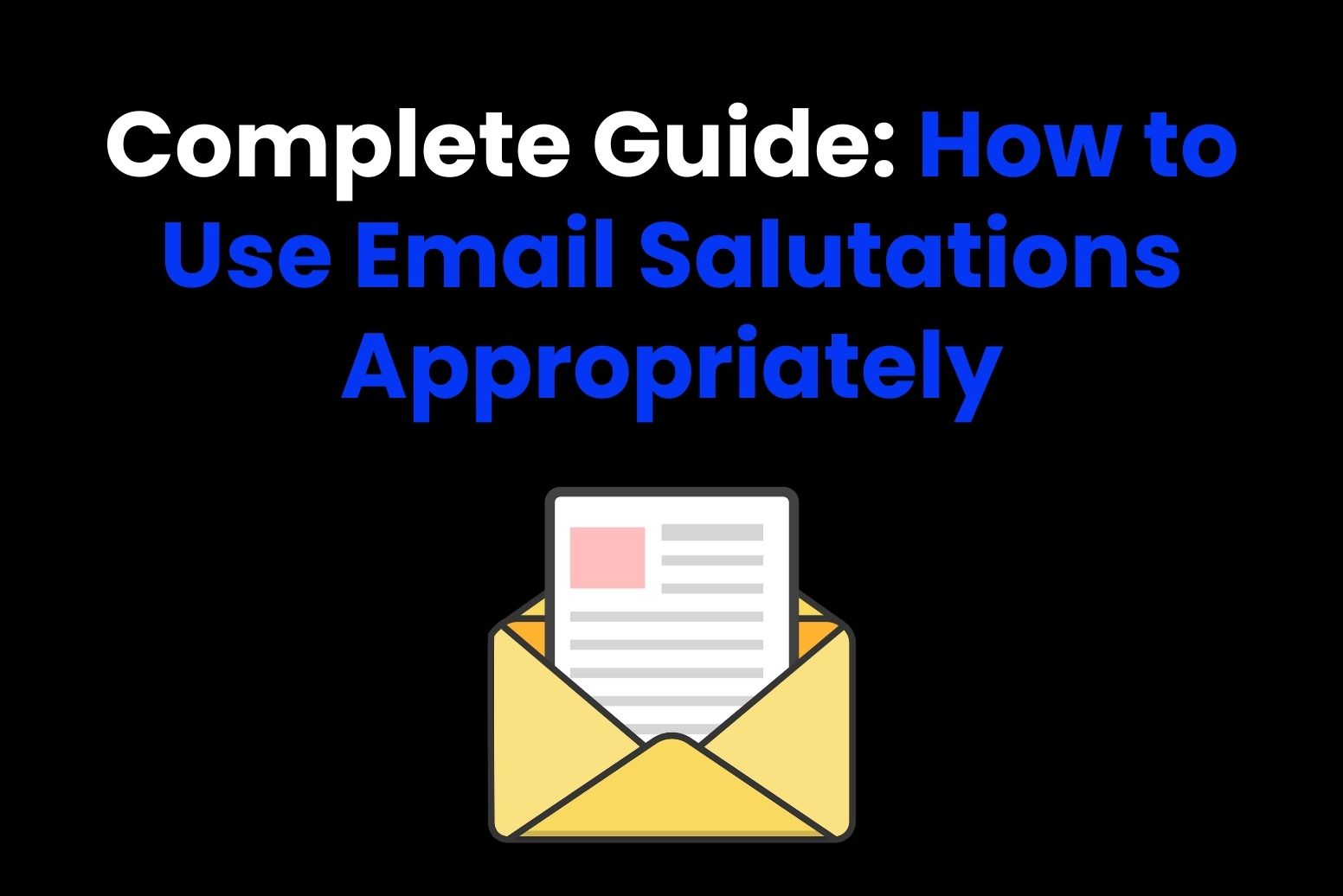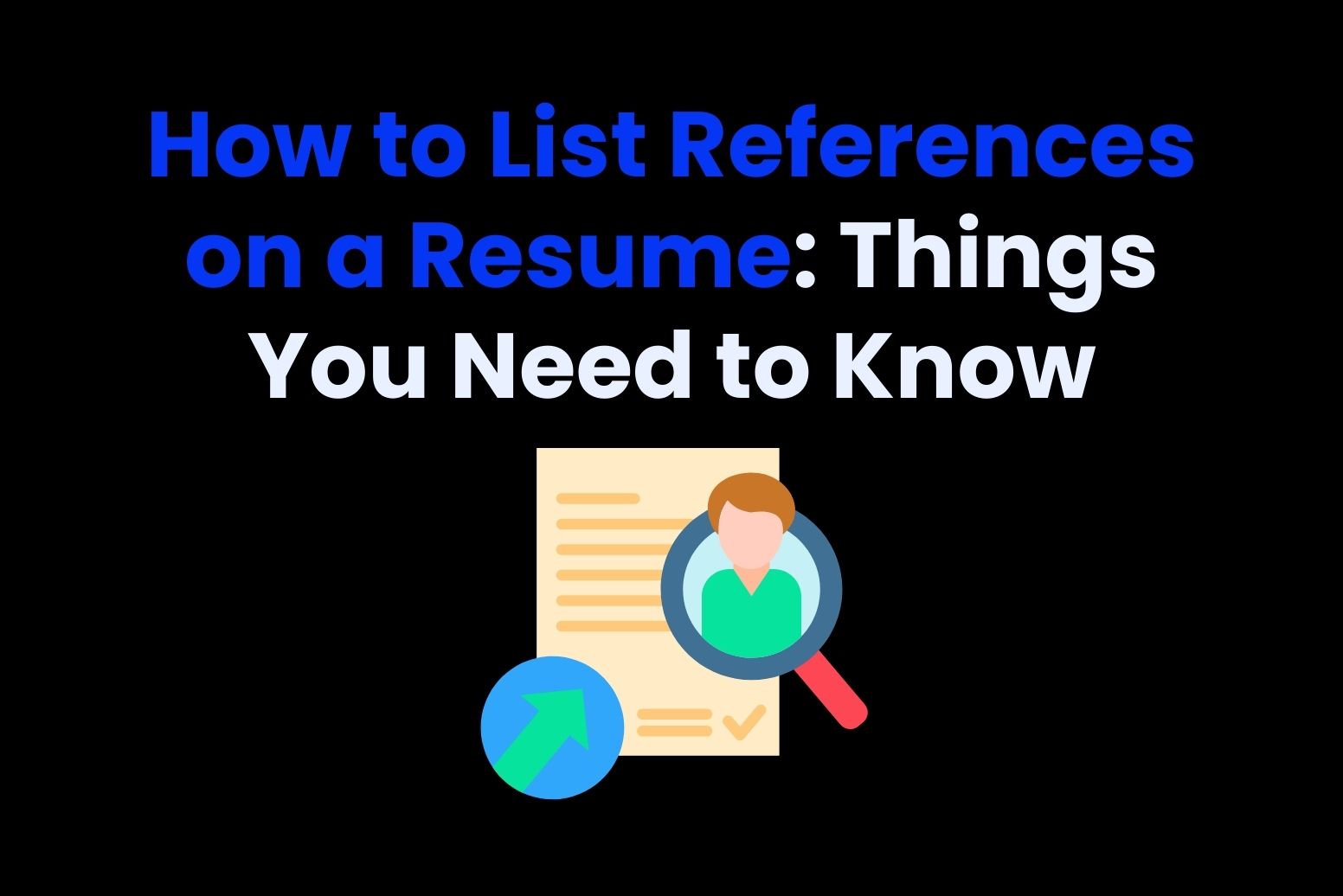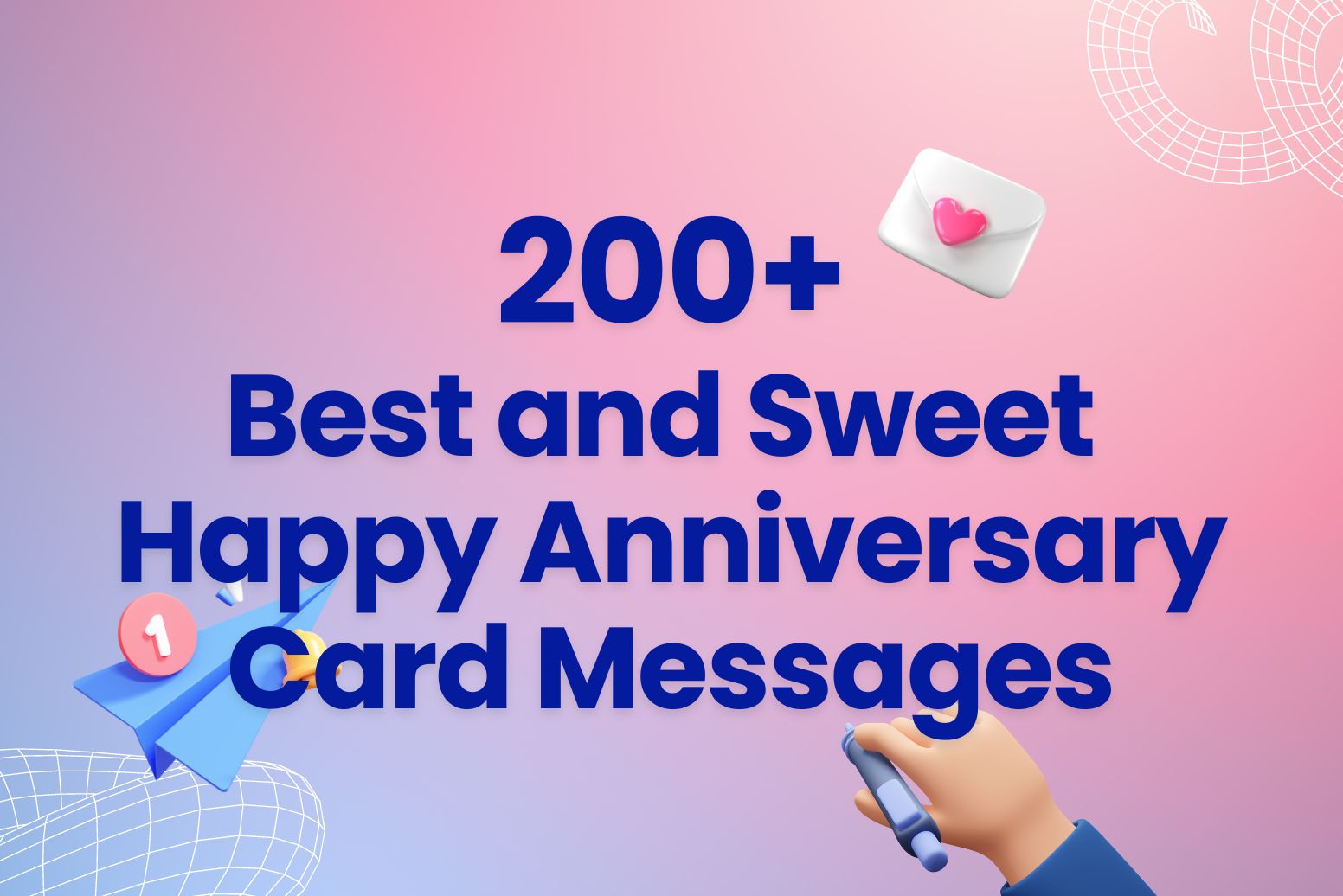You can use many email salutations at the start of your correspondence. Some are formal, while others are informal, and the salutation you choose will dictate the tone of your email.
While it seems like such a simple thing to consider, your choice of salutation will likely make a big difference to the recipient. If you’re too formal, they might consider your credibility. Are you trying to sell them something? Or do you even know them?
On the flip side, if you’re too informal, you risk offending them. You might even lead them to overlook your email altogether.
So, with this in mind, choosing appropriate email salutations couldn’t be more important.
Join us as we reveal the different ways to open formal and informal emails. We present appropriate email salutations and examples to illustrate our points. We then leave you with tips that will help you address your emails appropriately and get things off to a good start.
What are email salutations?
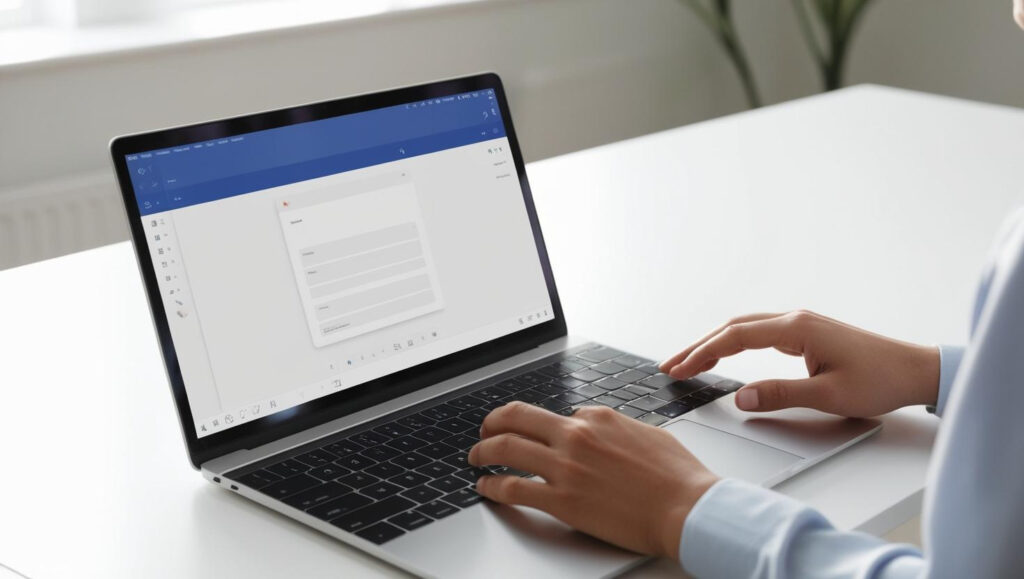
Email salutations are greetings you can use at the start of your message. A salutation is essentially a way of greeting someone appropriately.
In-person, greeting someone with a handshake, a cursory nod, and “hello, nice to meet you” would be deemed appropriate.
Online, however, such a salutation isn’t possible. But it’s just as important to get the tone right.
So, email salutations can include:
- Dear
- Hello
- Hi
- Hey
- To
- Greetings
- Howdy
Just like there are many ways to greet someone in real life, there are many ways to use email salutations. The trick is to use the proper salutation for the tone and voice you’re writing the email in.
For instance, “Hey” isn’t an appropriate salutation for formal communication between a worker and a potential client. Equally, “Dear” isn’t necessarily an appropriate salutation when sending an email to your best friend.
So, let’s look at the different email salutations you can use and in which scenarios they are appropriate.
How to use email salutations correctly
It’s best to separate email salutations into two categories: formal and informal. This will help you to start an email correctly without causing embarrassment or offense. Below, we reveal the correct formal and informal email salutations to consider.
Formal email salutations
A formal email is when you send an email to your boss, a prospective client, or your university professor. The email must be written in proper English with a commanding use of grammar, punctuation, and spelling.
Though there are many reasons for sending a formal email, it should always be polite, courteous, and friendly. Here are the most appropriate email salutations for formal settings:
Dear
If you’re writing a formal email, Dear is the most appropriate salutation. It’s formal, polite, and official. Language historians trace Dear’s usage back to the 14th century when it was initially used by family members and friends when greeting one another.
If you’re unsure about which email salutations to use and you’re sending a formal email, Dear is the best option. Here are some use-case examples:
| Salutation | Use Case Example |
| Dear Sir/Madam | A formal email when you don’t know the name of the addressee. For example, writing a letter of recommendation. |
| Dear Mr [surname] Dear Mrs [surname] Dear Dr [surname] | A formal email when you know the person’s name, but you aren’t on first name terms. For instance, emailing your college professor or the hiring manager at a company you’d like to work for. |
| Dear [first name] | A formal email when you’re on first-name terms with the person but would like to keep things official and polite. For example, sending an email to the CEO of your company. |
To
To is similar to Dear, but it’s less formal. It doesn’t have the emotional connotations of Dear and is a viable alternative when addressing anyone in a formal capacity.
Of all the email salutations you can use, To can actually be used formally and informally. Still, provided the tone of the letter is formal and polite, using To at the start of a formal letter or email option is a good choice.
It’s also used in the formal To Whom It May Concern greeting, which is widely used when you don’t know the person you’re addressing. This greeting is a handy way of addressing a formal letter to the bank, a company, or a government agency.
Here are some use-case examples to consider:
| Salutation | Use Case Example |
| To [first name] | A formal email when you’re on first-name terms with the recipient. For instance, you’re sending an email to a person thanking them for interviewing you. |
| To whom it may concern | A formal email when you don’t know the name of the person you’re getting in touch with. This is handy for mass emails but also when you’re sending an email to a bank, government agency, or company and don’t know specifically who to address it to. |
Frankly, if you’re writing a formal email, we’d stick to Dear or To as the most appropriate email salutations. But as we explain below, there are many other email salutations to consider when you’re sending an informal email.
Informal email salutations
An informal email is one that you send to a friend, family member, or colleague that you have a good relationship with. Rather than being overly formal and written with correct English, informal emails tend to make use of abbreviations, slang, and colloquialisms.
However, don’t mistake an informal email as a rude or obnoxious method of communication. It should still be polite and friendly. It just doesn’t need to carry the tone of formality when addressing someone that you don’t know. Let’s look at some email salutations you can use when greeting someone in an informal email:
Hello
Hello is a salutation typically reserved for face-to-face communication. That said, it’s commonly used as a greeting at the start of informal emails.
It’s a step down from the formal To and Dear and suggests familiarity with the recipient. So, if you’re emailing a friend or a close colleague, Hello can work well. However, if you’re getting in touch with the company CEO for the first time, it’s not the best salutation to choose.
Let’s look at some examples of when Hello is the most appropriate email salutation:
| Salutation | Use Case Example |
| Hello [first name] | An informal email when you’re reaching out to a friend, close colleague, or family member. You shouldn’t use hello alongside the person’s title and surname – only ever use it if you’re already on first name terms. |
| Hello | You may also choose to use hello on its own as an email salutation. This is essentially a less formal version of to whom it may concern. It’s an open way of greeting the recipient without adding a name to the email. |
Another option is to go with Good Morning or Good Afternoon, depending on when you’re sending the email. These email salutations are polite and courteous, and they’re a decent alternative if you want something more interesting than Hello.
Hi/Hey
One of the most informal email salutations available is Hi or Hey. Reserve this greeting for someone you’re very close to. Ideally, you should only greet a family member or close friend this way.
If you use this greeting in an email that has a formal element, you will give off a sense of overfamiliarity. This is something you should avoid in your emails, as it can cause offense and may lead the recipient to ignore the email.
You can use Hi or Hey in the same way as Hello, shown in the table above.
A few other informal email salutations to consider
While we would stick to Hello, Hi, or Hey, there are a few other informal email salutations that you might consider:
- Greetings: This is an inoffensive, informal way to greet someone, and it’s a nice change from Hello or Hi. You might use it in a club newsletter or when reaching out to old friends.
- Howdy: Very similar to Hi and Hello, Howdy is only really appropriate when greeting someone that you’re close to, as it’s very informal.
- Name only: If you’re close to someone, you might do away with an email salutation and simply state their name at the top of the email. While this can work, we think it can come across as a little forward and may even be interpreted as rude. After all, it’s not difficult to add Hi to the greeting to soften it up.
- Mate, pal, buddy, etc: Rather than using a person’s name in an informal email, you could address them in the following ways:
- Hi mate
- Hey bud
- Hellow friend
- Hey pal
Opting for mate, bud, friend, or pal should only be used when you’re close to someone and emailing a personal friend. Never address a colleague, client, or professional connection in this way.
Examples of good and bad email salutations
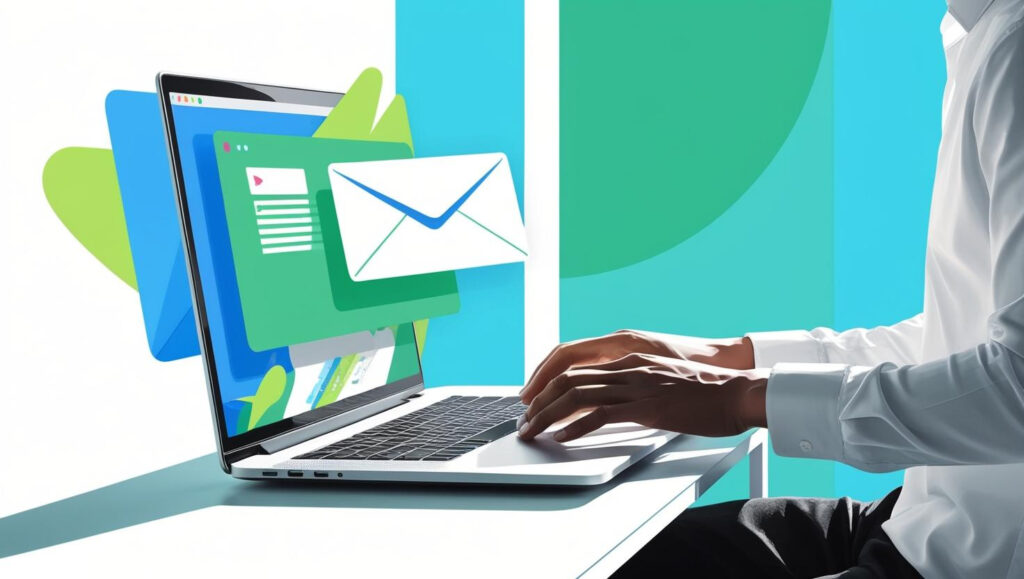
To illustrate the difference between formal and informal salutations, we want to provide some examples. The recipient’s name is Mr Thomas Abraham. Check out these examples of good and bad greetings to see for yourself how to use email salutations correctly:
✅ Formal: Dear Mr Abraham
This is the ideal formal salutation when emailing someone for the first time.
✅ Formal: To Thomas
If you’re already on first-name terms with the recipient, you can go for this slightly less formal salutation.
✅ Informal: Hi Tommy
Assuming you know the recipient and that he prefers Tommy to Thomas, you can adjust the salutation to reflect this.
✅ Informal: Hey Tom
As mentioned above, you may know that the recipient prefers this shortened name to his longer given name.
❌ Formal: Mr Abraham
While it is appropriate to call the recipient by his full name, not using a salutation like Dear or To makes this inappropriate and too direct.
❌ Formal: Hi Mr Abraham
Hi is an informal salutation so it’s not appropriate when addressing someone by their full name and honorific.
❌ Informal: Hey buddy
Unless you’re very close to the recipient, using such a salutation is nearly always overly familiar.
❌ Informal: Tom
Removing the salutation altogether might get straight to the point, but it seems a little rude and harsh. Always add Hi or Hey if you want to greet someone informally.
Choosing correct email salutations: Why it matters
Before now, you might not have given much thought to email salutations. After all, does it really matter how you address someone at the start of an email? Well, yes, it does.
Research from Harvard Business Review highlights the growing trend of people searching on Google for terms like “email salutations” and “email sign-offs.” Anecdotally, this indicates that, in 2025, people still care about how to address others when sending an email.
Here are just a few of the reasons why your choice of email salutations matters:
It sets the tone for the entire email
The way you greet someone at the very start of the email sets its entire tone. Consider these examples that illustrate this point:
- Very formal: Dear Mr Courtney
- Formal: To Daniel
- Very informal: Hey Danny
- Blunt & to the point: Danny
These four examples show how you can address the same person in very different ways. Assuming you know Danny and have a good working relationship with him, there’s no way you should send him an email with the salutation, Dear Mr Courtney.
Equally, if you’ve never met him and aren’t on first name terms, starting an email with Hey Danny is just as inappropriate.
So, understanding these tonal nuances and recognizing that specific salutations are suitable in different scenarios is crucial. In other words, you should adapt the salutations you use depending on who you’re reaching out to via email.
It helps you to connect with the recipient
You can look at email salutations as similar to how you greet someone in a face-to-face encounter. For example, if you’re emailing a hiring manager, you need to use a formal salutation.
After all, in real life, you wouldn’t rock up to an interview and greet the person responsible for your application by winking and saying, “Hey, Florence.” This would be a terrible start to proceedings.
When you use the correct salutations at the start of your emails, it helps to build the relationship. It shows that you’re considerate and courteous and able to differentiate between formal and informal.
On the flip side, if you get the email salutation wrong, it can set the relationship up to fail. After all, if you’re overly familiar with someone from the outset, it might raise a red flag. So, spend sufficient time considering your options, and use our email salutations tips below to choose the most appropriate greeting.
General tips for using email salutations correctly
Now that we’ve established the importance of choosing email salutations wisely, we want to reveal some tips that will help you to use them correctly:
Formality is better than informality
If you’re unsure of the correct tone of your email, err on the side of caution. Ultimately, it’s always better to be overly formal than overly informal.
Therefore, rather than risking a greeting like Hi or Hey, stick with To if you’re not sure of the best tone. It’s generic, polite, and appropriate for most emails, so you can’t go wrong.
As a general rule, you should only use informal email salutations when greeting your friends and family. For work colleagues, clients, and other interactions, stick to formal salutations.
For more advice on tone and greetings, learn more about introducing yourself correctly in an email.
The personalization should be accurate
Getting someone’s name wrong at the beginning of an email is the worst possible start. So, you must ensure that the personalization you add to the salutation is accurate.
If you’re emailing someone for the first time, double-check the spelling of their name. If it’s a professional email, look for the person on LinkedIn and check how they spell their name in their profile.
Though the research will cost you a few minutes, it’s crucial. If a recipient opens an email and their name is incorrect, they probably won’t even read it.
Pair it with an appropriate subject line
When choosing which email salutations to use, think carefully about the email subject line, too. Research shows that less than one in four emails are opened, highlighting the crucial role that the subject line plays.
After all, before even seeing the salutation, the recipient will decide whether to open the email based on the context of the subject line. Therefore, it must be appropriate, engaging, and well-written.
Your subject line should be concise, but it also must give a clear idea of what the recipient can expect if they open the email. So, spend some time crafting the subject line and follow it up with an appropriate salutation.
Use AI to help you
If you’re struggling to decide which email salutations to use, our AI tools can help you. You can prompt Arvin to give you salutation recommendations based on the content, context, and formality of the email you’re sending.
Alternatively, you can use our Email Writer Tool for a complete email template to work from. Then, personalize and customize it before sending it to the recipient.
AI tools like Arvin can make your life so much easier when it comes to crafting appropriate emails. Whether you use Arvin for salutations, subject lines, or signing off, it will help you significantly when sending personal or professional emails.
Recap: How to use email salutations accurately
Your choice of email salutations makes a huge difference to the effectiveness of your communications. If you use inappropriate greetings, you risk offending the recipient. Moreover, if your greetings are overly familiar, the recipient will probably overlook the email entirely.
Therefore, choosing appropriate email salutations is just as important as writing an engaging subject line and signing off correctly. It sets the tone for the entire email and can make or break your relationship with the recipient.
So, spend time considering the most appropriate salutations before sending an email. Use our complete guide above and consider the following FAQs for more guidance.
Email salutations FAQ
What is a nice salutation in an email?
For formal situations, Dear and To are the most appropriate email salutations. For informal emails, you can use Hello, Hey, Hi, Good Morning, or Good Afternoon. You also need to think about whether you’re on first-name terms with the recipient or whether you should use their full name and the correct honorific when greeting them at the start of an email.
How to use salutations in an email?
You must use appropriate salutations at the start and end of your emails. This article has dealt with appropriate greetings at the start of emails, focusing on formal and informal salutations. You should also think about formal sign-offs like Yours Faithfully and Yours Sincerely, alongside informal options like Kind Regards, Thanks, and Best Wishes.
What is a polite salutation?
When writing an email or a letter, a polite salutation is Dear or To. This is the gold standard for formal salutations and ensures that you start the email with the correct tone. If you already know the person, you might use the less formal Hello.
Do you need to use salutations in emails?
We recommend always using a salutation in an email. While some people simply use the person’s name as the greeting, we think this is inappropriate, and it may even come across as rude. It doesn’t take much to include a greeting like Dear, To, Hello, or Hi at the start of the person’s name, so make an effort to do so.

